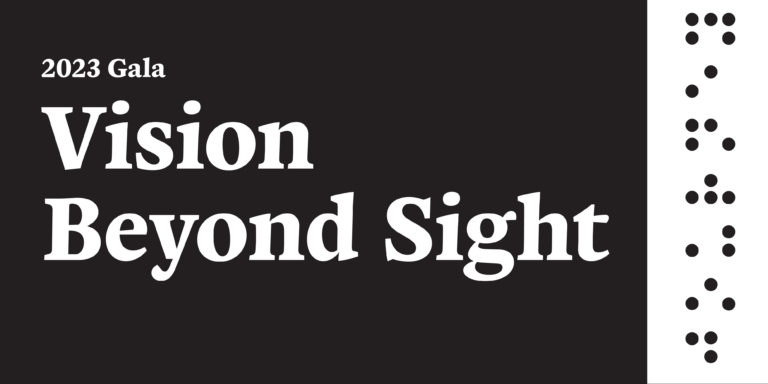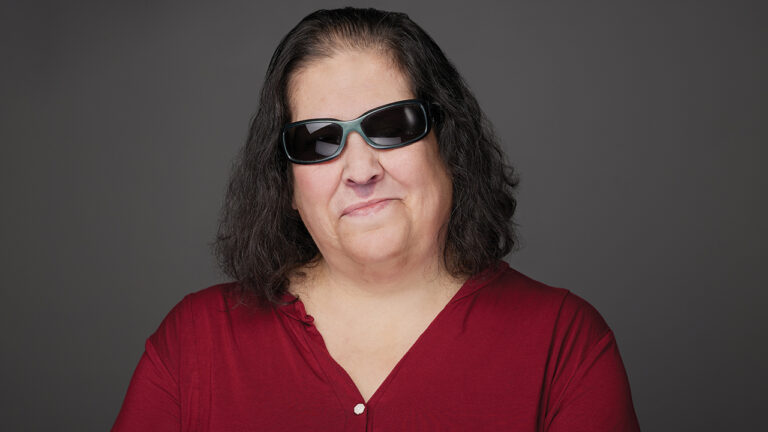Age-Related Macular Degeneration (AMD) is the leading cause of blindness among Americans who are 60 and older. The Age-Related Macular Degeneration Foundation says it affects more than 20 million Americans, more than cataracts and glaucoma combined. February is AMD Awareness Month, which allows the public to learn more about this disease. Education and early detection are critical first steps to treating this progressive, incurable eye condition.
What is age-related macular degeneration?
AMD is an eye disease that can blur sharp, central vision. It slowly steals vision, affecting the retina, a paper-thin tissue lining the back of the eye, and causing the cells in the area to die.
As a result, you see blind spots, grayness, and other distortions in the center frame of your vision. It doesn’t cause complete blindness, but losing your central vision can make it harder to see faces, drive, or do close-up work like cooking.
Even if you have early AMD, you may not experience vision loss for long. AMD progresses faster in others, leading to central vision loss in one or both eyes.
There are two types of AMD–dry and wet.
Dry AMD, the most common form, affects about eight out of 10 people diagnosed. Dry AMD is a thin part of the macula that grows tiny clumps of protein called drusen. You slowly lose central vision, and it is not yet treatable. Wet AMD often causes rapid and severe vision loss. New, abnormal blood vessels grow under the retina. These vessels may leak blood or other fluids, causing scarring of the macula. People don’t realize they have it until vision is blurry, so routine visits with an ophthalmologist are essential. Early signs of AMD can be detected before problems arise.
What are the stages of AMD?
There are three stages of AMD. Most people do not experience vision loss in the early stages, which is diagnosed by the presence of medium-sized drusen. Some vision loss may be present in the intermediate stage, but there may not be noticeable symptoms. A comprehensive eye exam with specific tests will look for larger drusen and pigment changes in the retina. The last stage is when vision loss has become noticeable.
Who is at risk?
Your risk for AMD increases as you get older. People over the age of 60 are more likely to have AMD. The risk is higher for people who have a family history of AMD, are Caucasian, and smoke. You should get regular eye exams if you are at risk because of these factors. Early AMD has no symptoms, so don’t wait for your vision to change.
How can you lower your risk?
Research shows that making these healthy choices may lower your risk of AMD or slow its progression. Quit smoking, or don’t start. Get regular physical activity, maintain healthy blood pressure and cholesterol levels, and eat nutritious foods, including leafy greens, vegetables, and fish.
What are the age-related symptoms of macular degeneration?
As AMD progresses, many people see a blurry area near the center of their vision. Over time, this blurry area may get bigger, or blank spots might appear. Things may also seem dimmer than before. Some people may notice that straight lines start to look wavy. This can be a warning sign for late AMD. If you notice these age-related macular degeneration symptoms, immediately see your eye doctor.
How can AMD be treated?
Early AMD cannot be treated, so your eye doctor will monitor your eyes with regular eye exams. If you are diagnosed with intermediate or late AMD, ask your eye doctor about treatment options and how the condition may affect your vision in the future.
How does a person with AMD and vision loss live?
Living with vision loss from AMD can be challenging, but it is not impossible. Low vision means that even with glasses, contact lenses, medicine, or surgery, your vision loss makes it hard to do everyday tasks.
The good news is some things can improve the quality of life. Low vision devices such as hand-held magnifiers and using adaptive technology from rehabilitation training at Outlook can support independence. For assistance, contact us today.



